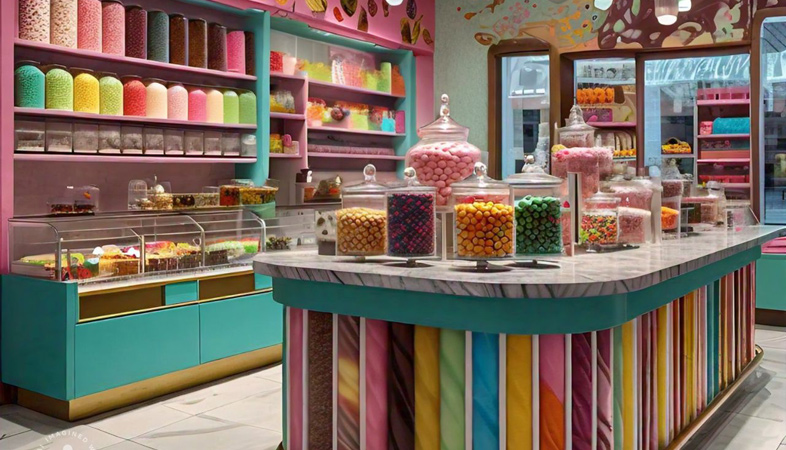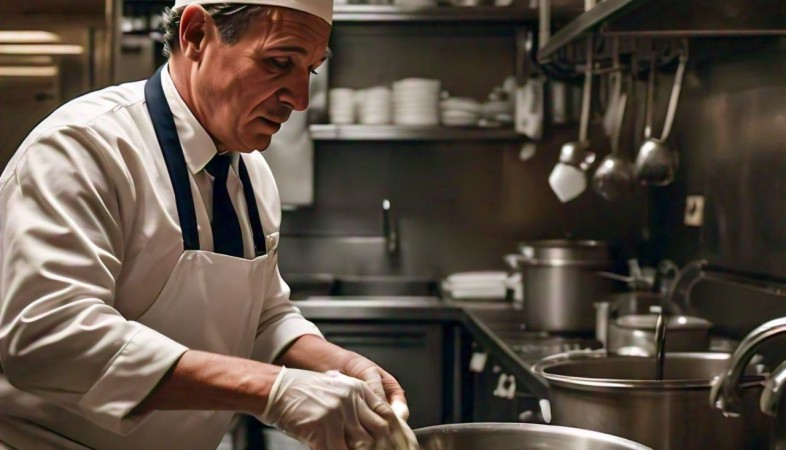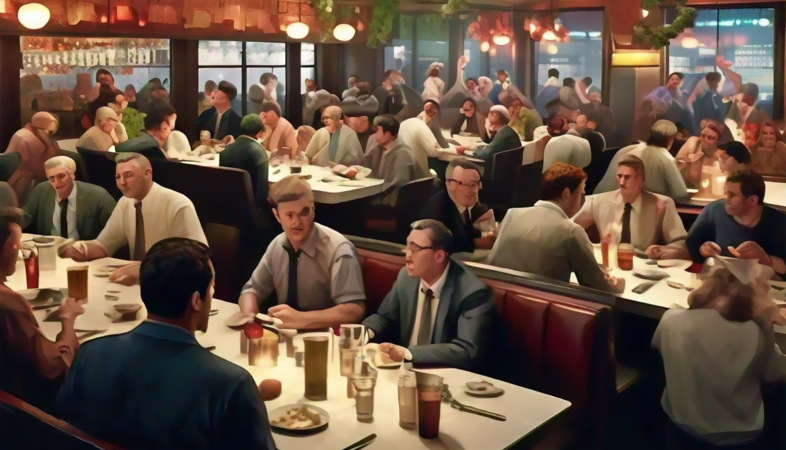How Open Kitchens Are Changing the Restaurant Experience for Guests
This design choice not only redefines the aesthetic of the dining space but also significantly enhances the overall guest experience.
In the ever-evolving landscape of dining, open kitchens have
emerged as a transformative feature in many modern restaurants. This design
choice not only redefines the aesthetic of the dining space but also
significantly enhances the overall guest experience. By creating an atmosphere
of transparency and engagement, open kitchens invite diners to witness the
culinary magic firsthand, forging a deeper connection between the kitchen and
the dining area. Let’s explore how open kitchens are reshaping the restaurant
experience for guests.
One of the most immediate effects of an open kitchen is the enhancement of transparency in food preparation. Diners are increasingly concerned about the quality and safety of their food, and an open kitchen provides reassurance. Guests can observe chefs in action, from the meticulous chopping of vegetables to the sizzling of proteins, fostering a sense of trust and authenticity. This transparency allows diners to appreciate the skill and artistry involved in their meals, transforming the act of dining into a more immersive experience.
Moreover, open kitchens encourage interaction between chefs and diners. In traditional restaurant setups, the kitchen is often a hidden world, separate from the guests. However, with open kitchens, chefs can engage with patrons, answer questions about the menu, and even share culinary tips. This interaction not only enriches the dining experience but also humanizes the culinary process, allowing guests to connect with the individuals behind their meals. It creates a dynamic atmosphere where guests feel more involved and valued, as if they are part of the culinary journey.
The visual appeal of an open kitchen is another significant factor in its popularity. The sight of flames, the vibrant colors of fresh ingredients, and the rhythmic movements of chefs create a captivating sensory experience. This theater of cooking can heighten diners’ anticipation and excitement as they await their meals. Many restaurants take this opportunity to design their kitchens as artistic spaces, incorporating modern equipment and stylish layouts that contribute to the overall ambiance. The aesthetic appeal of an open kitchen can enhance the restaurant’s brand identity, making it a memorable destination for diners.
Additionally, open kitchens can contribute to a more efficient service flow. With chefs and servers in closer proximity, communication becomes streamlined. This direct line of sight allows for quicker response times and a more coordinated effort in delivering orders. In fast-paced environments, this efficiency can lead to improved service, ensuring that guests receive their meals promptly and at the right temperature. The resulting smooth operation can enhance overall customer satisfaction, leaving diners with a positive impression of their experience.
Open kitchens also cater to the growing trend of experiential dining. Today’s diners seek more than just a meal; they desire an experience. By integrating the kitchen into the dining area, restaurants create a unique atmosphere where guests can witness the culinary process unfold. This can be particularly appealing in establishments that emphasize unique cooking techniques, such as wood-fired pizza or teppanyaki, where the cooking process itself becomes part of the entertainment. Guests are drawn to the spectacle, transforming their meal into a memorable event.
However, the open kitchen concept is not without its challenges. It requires careful consideration of cleanliness, noise levels, and aromas. Restaurants must ensure that their kitchen operations are meticulously organized and maintained to uphold hygiene standards. Additionally, the sounds of kitchen equipment and the scents of cooking can impact the overall dining experience. Establishments often invest in soundproofing measures and odor control systems to create a comfortable environment for guests while maintaining the energy of the kitchen.
Moreover, the success of an open kitchen relies on the skill and professionalism of the kitchen staff. Chefs must be not only culinary experts but also adept at working in a public space. The pressure of performing in front of guests can be daunting, and not all chefs may thrive in this environment. Therefore, restaurants must invest in training and support for their kitchen teams to ensure they can handle the demands of an open kitchen while maintaining the quality of food and service.
Open kitchens are revolutionizing the restaurant experience by fostering transparency, interaction, and a sense of connection between guests and the culinary process. This design choice enhances trust and appreciation for the craft of cooking while creating a lively atmosphere that engages diners. While challenges exist, the benefits of open kitchens are clear: they transform dining into an immersive experience that resonates with today’s discerning guests. As the culinary world continues to evolve, open kitchens will likely remain a prominent feature, redefining how we experience food and the art of cooking.
.png)




























